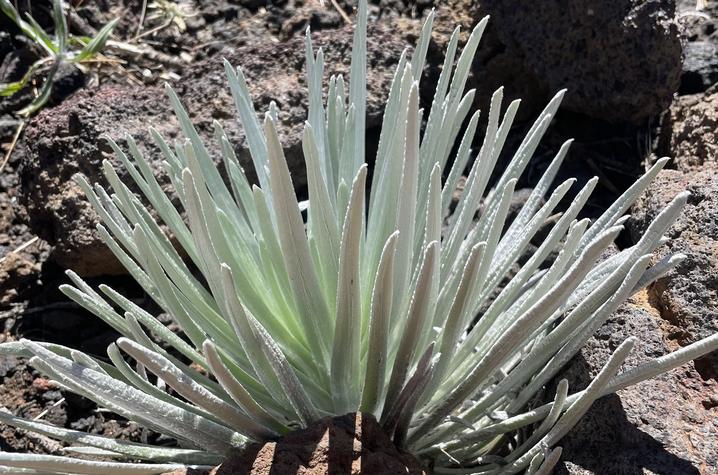UK researcher part of team awarded $12.5 million NSF grant to study phenomenon affecting agriculture, cancer
LEXINGTON, Ky. (June 4, 2024) — A researcher at the University of Kentucky is part of a wide-ranging group of experts to study a complex phenomenon with significant implications in plants, animals and humans.
It’s called polyploidy. In the simplest terms, polyploidy means having more than two complete sets of chromosomes. Typically, when plants and animals undergo sexual reproduction, two sets of chromosomes — one from each parent — combine to create a new organism. In polyploidy, extra chromosomes are inherited creating new genetic combinations.
Eighteen scientists have received a combined $12.5 million grant from the National Science Foundation to establish the Polyploidy Integration and Innovation Institute. The Florida Museum of Natural History and the University of Florida are lead institutions. The grant is part of a broader initiative by the National Science Foundation to bring together scientists from disparate areas of expertise to work on pressing problems in biology.
As part of the research team, UK’s Rosana Zenil-Ferguson, Ph.D., an assistant professor in the College of Arts and Sciences Department of Biology, will conduct quantitative modeling of this intriguing phenomenon. Her lab focuses on understanding how plant traits evolve and how those traits link to the diversification patterns observed in the tree of life.
“I’m excited to be part of this dedicated team of scientists working to better understand polyploidy and the role it plays in all our lives,” said Zenil-Ferguson. “Botanists have argued that polyploidy is important and frequent, but, interestingly, nobody had measured how quickly this has happened in flowering plants. I’ve used mathematical models to estimate how often this phenomenon occurs in plants.”
Researchers with the institute will study the effects of polyploidy in plants and animals, from entire ecosystems down to organs and cells. They hope to determine if there are consistent rules that govern polyploidy.
“The institute will also use new and unique data management tools and prioritize community engagement to gain as much insight as possible, with eventual applications to agriculture, medicine and conservation,” said Pam Soltis, a distinguished professor and curator at the Florida Museum of Natural History and principal investigator on the project.
Polyploidy has been implicated in the origin of seeds, flowers and several plant lineages, including nearly every cultivated plant humans grow for food. It may also have serious implications for how well plants are able to cope with rapid climate change.
Nearly every animal with a backbone can trace its origin to double genome duplication events that took place more than 450 million years ago. Similar duplications have occurred in fish, worms, insects, arachnids and mollusks.
“Polyploidy is everywhere,” Soltis said. “It’s a giant iceberg, and we’re at the very tip.”
Scientists next discovered that polyploidy did much more than increase biodiversity. It’s also an important part of the way many plants and animals function — or malfunction. Polyploidy is present in roughly 37% of cancer types in humans. In other types, scientists think induced polyploidy may even provide a cure.
Polyploidy is poised to become a new specialty, one ripe for discovery and innovation. The Polyploidy Integration and Innovation Institute will help make this happen.
“My lab will be creating new mathematical models to understand the rules of polyploidy, when it arises, its frequency and why we expect it to thrive under stressful conditions,” said Zenil-Ferguson. “I look forward to the great work this team will do and the contributions we’ll make to understanding this fascinating phenomenon.”
The research team brings together scientists from the University of Florida, Cornell University, Duke University, University of Minnesota, University of Mississippi, University of Pittsburgh, Ghent University and Max Planck Institute for Plant Breeding Research.
Research reported in this publication was supported by the National Science Foundation under Cooperative Agreement Number 2320251. The opinions, findings, and conclusions or recommendations expressed are those of the author(s) and do not necessarily reflect the views of the National Science Foundation.
As the state’s flagship, land-grant institution, the University of Kentucky exists to advance the Commonwealth. We do that by preparing the next generation of leaders — placing students at the heart of everything we do — and transforming the lives of Kentuckians through education, research and creative work, service and health care. We pride ourselves on being a catalyst for breakthroughs and a force for healing, a place where ingenuity unfolds. It's all made possible by our people — visionaries, disruptors and pioneers — who make up 200 academic programs, a $476.5 million research and development enterprise and a world-class medical center, all on one campus.






